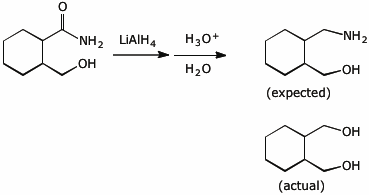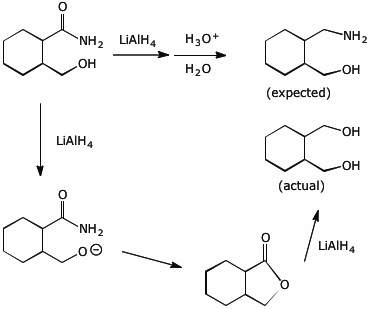Organic Chemistry III |
 |
|
Professor Carl C. Wamser |
||
Chem 336 - Spring Term |
Exam 2 Answer Key |
![]()
Organic Chemistry III |
 |
|
Professor Carl C. Wamser |
||
Chem 336 - Spring Term |
Exam 2 Answer Key |
![]()
1. (15 points) Write complete names for each of the following:
a) 
b) 
c) 
d) 
e) ![]()
2. (15 points) Write complete structures for the following:
a) 1,2-naphthoquinone

b) N-ethyl-N-nitrosocyclopentanamine

c) sucrose (Haworth forms)
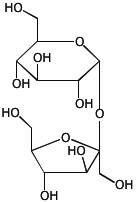
d) beta-O-methyl-D-ribopyranoside (chair form)

e) L-fructose (open-chain form)

3. (15 pts) Arrange the following in order with respect to the property indicated. Write MOST and LEAST under the compounds with the highest and lowest values, respectively.
a) basicity

b) acidity

c) oxidation potential (strongest oxidant = MOST)
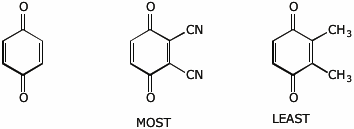
d) number of stereocenters
![]()
e) number of N-H stretching frequencies in the infrared spectrum

4. (15 points) Complete the following reactions, showing specific structures, including stereochemistry.
a) 
b) 
c) 
d) 
e) 
5. (10 points) Show how to accomplish the following synthetic conversion using a reductive amination followed by a Hoffman elimination.

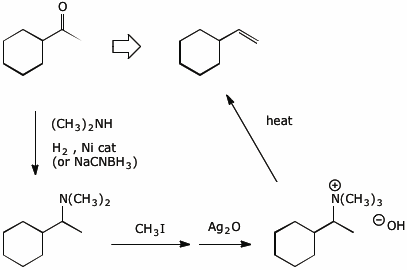
6. (12 points) Write a complete mechanism for the acid-catalyzed conversion of
beta-D-ribofuranose to beta-D-ribopyranose. Show all steps and all resonance forms for any intermediates.
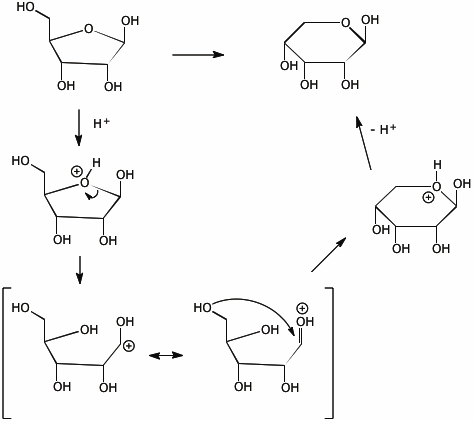
7. (13 points) The compound below is a modified disaccharide. Identify all acetal and glycoside carbons with an *. For anomeric carbons, identify them as alpha or beta.
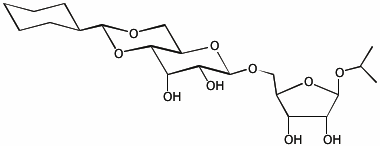
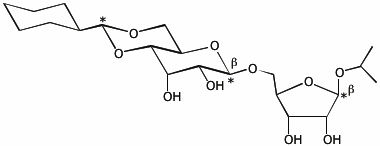
This molecule can be hydrolyzed in acid to four separate organic compounds. Write structures for the four compounds expected. For a hexose, describe its relationship to D-glucose, and for a pentose, describe its relationship to D-ribose.
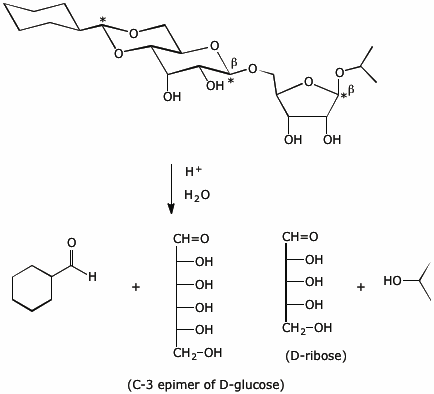
8. (5 points) Explain what went wrong with the following synthesis.
